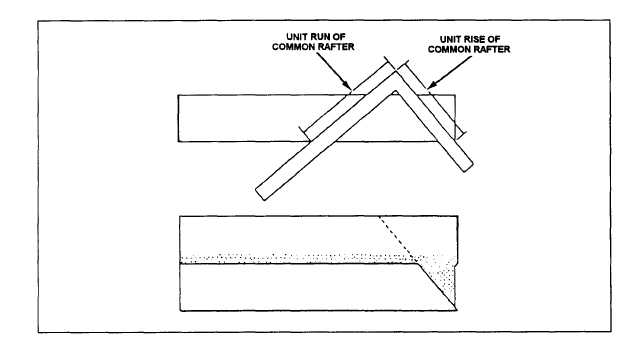Figure 3-29.-Layout pattern for hip and valley shingles.
dependent on heat. Coal-tar pitch roofs are entirely
unaffected by water. When covered by mineral
aggregate, standing water may actually protect the
volatile oils.
CONSTRUCTION CONSIDERATIONS.—
Laying rooting on a flat surface is a relatively easy
procedure. Correctly applying materials to irregular
surfaces, such as ridges, hips, and valleys, is somewhat
more complex.
Ridge.— The most common type of ridge and hip
finish for wood and asphalt shingles is the Boston ridge.
Asphalt-shingle squares (one-third of a 12- by 36-inch
strip) are used over the ridge and blind-nailed (fig. 3-28,
view A). Each shingle is lapped 5 to 6 inches to give
double coverage. In areas where driving rains occur, use
metal flashing under the shingle ridge to help prevent
seepage. The use of a ribbon of asphalt roofing cement
under each lap will also help.
A wood-shingle roof should be finished with a
Boston ridge (fig. 3-28, view B). Shingles, 6 inches
wide, are altemately lapped, fitted, and blind-nailed. As
shown, the shingles are nailed in place so that the
exposed trimmed edges are alternately lapped.
Reassembled hip and ridge units for wood-shingle roofs
are available and save both time and money.
A metal ridge can also be used on asphalt-shingle or
wood-shingle roofs (fig. 3-28, view C). This ridge is
formed to the roof slope and should be copper,
galvanized iron, or aluminum. Some metal ridges are
formed so that they provide an outlet ventilating area.
However, the design should be such that it prevents rain
or snow from blowing in.
Hips and Valleys.— One side of a hip or valley
shingle must be cut at an angle to obtain an edge that
will match the line of the hip or valley rafter. One way
to cut these shingles is to use a pattern. First, select a 3
foot long 1 by 6. Determine the unit length of a common
rafter in the roof (if you do not already know it). Set the
framing square on the piece to get the unit run of the
common rafter on the blade and the unit rise of the
common rafter on the tongue (fig. 3-29). Draw a line
along the tongue; then saw the pattern along this line.
Note: The line cannot be used as a pattern to cut a hip
or valley.
Built-up Rooting
A built-up roof, as the name indicates, is built up in
alternate plies of roofing felt and bitumen. The bitumen
forms a seamless, waterproof, flexible membrane that
conforms to the surface of the roof deck and protects all
angles formed by the roof deck and projecting surfaces,
Without the reinforcement of the felts, the bitumens
would crack and alligator and thus lose their volatile oils
under solar radiation.
3-25

